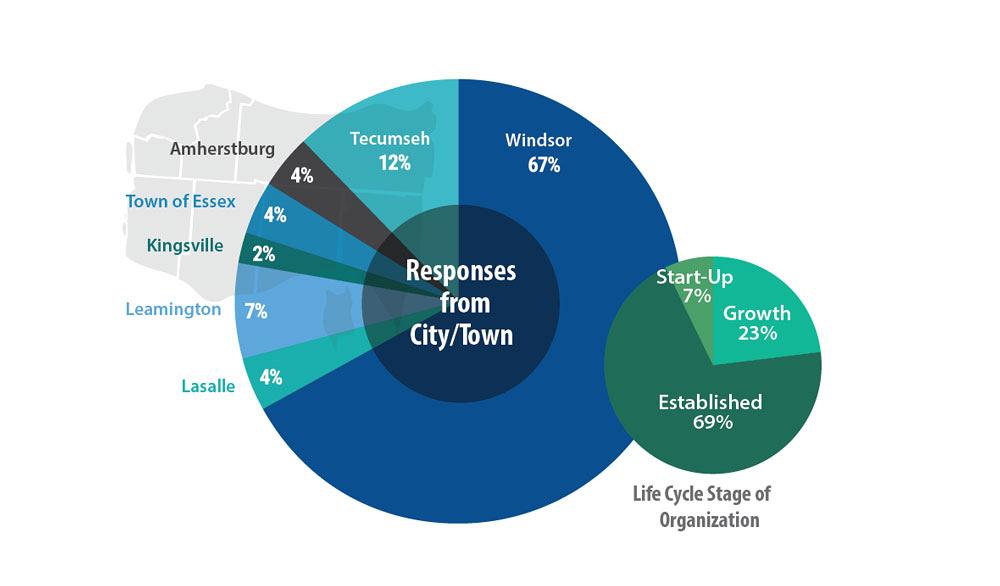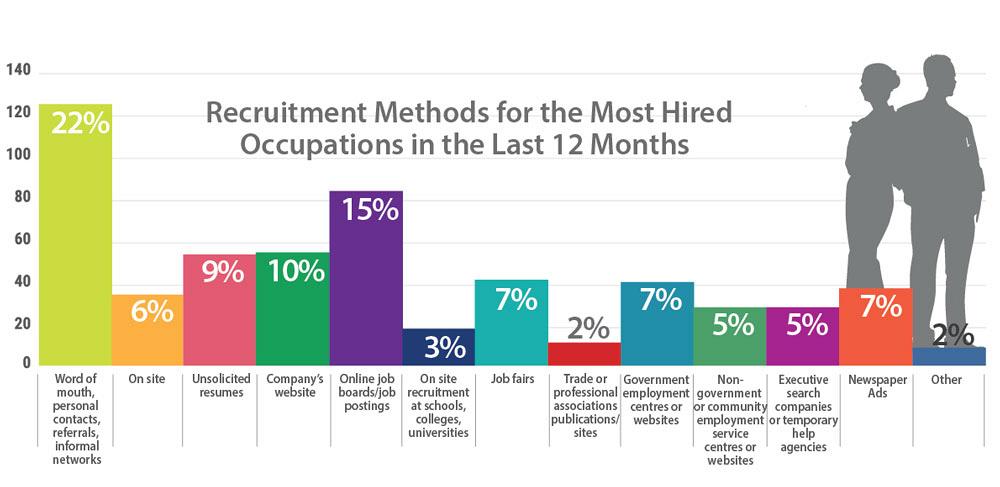- FMA
- The Fabricator
- FABTECH
- Canadian Metalworking
What Are the Workforce Gaps in Your Community?
Workforce WindsorEssex’s EmployerOne survey measured its labor needs and employer activities
- By Sue Roberts
- June 19, 2015
- Article
- Management

Information, by community, will help develop programs targeted to meet local workforce needs. Sixty-nine percent of the WindsorEssex EmployerOne survey respondents were established companies; 23 percent considered themselves in the growth mode; and 7 percent were new businesses.
Skilled tradespeople are at a premium. In some areas of the country, Canadian employers have turned to seeking, hiring, and training people from outside the borders to fill their workforce gaps. National and provincial government entities are addressing the issue, and numerous educational and economic groups are working to alleviate the problem.
Still, there seems to be a lack of actual measurement of employers’ needs, particularly on local and regional levels. It is not always apparent what skills are currently, or will be, lacking and when shortages will affect the productivity of companies within individual communities.
Tanya Antoniw, executive director of Workforce WindsorEssex in Ontario, described the Employer- One survey initiated to measure workforce data for western Ontario. “Three years ago, the Elgin Middlesex Oxford Workforce Planning and Development Board piloted the EmployerOne survey for our region. This year nine boards rolled out the survey. Each survey asked the same questions and collected the same information. Those survey results will be used to address workforce needs within each community and combined to form aggregate data for the region.”
Funding for the survey was provided by the Ontario Ministry of Training, Colleges, and Universities.
“EmployerOne encourages partners to sign a memorandum of understanding and put the survey out to their employer contacts. In return, partners have access to raw data so they can do their own analysis. Confidentiality is definitely maintained in data distribution,” said Antoniw.
“This was our first year participating in the survey. It allowed us to drill down in detail in terms of what industries are hiring and do some targeted engagement on those levels. Ninety-nine companies completed the survey. Next year we expect a higher participation level.”
Twenty-nine partner organizations that share a dedication to economic growth in the WindsorEssex market— chambers of commerce, employment centers, educational institutions, and industrial groups—asked employer members to complete the survey based on 2014 activities.
Survey questions, focused on the demand side of the WindsorEssex market, were structured to provide data similar to that previously collected by Statistics Canada. Employers were asked to report on number of hires, separations, difficult-to-fill occupations, recruitment practices, and employee training programs. Forward-looking questions addressed anticipated workforce growth and hiring needs.
Notable 2014 statistics gathered by the WindsorEssex EmployerOne survey included:
- 1,250 people were hired, with the majority working in skilled-trade positions, such as CNC machinists, welders, moldmakers, CNC programmers, and millwrights.
- 26 percent of the new hires were recent graduates, indicating that employers are connecting with young people and allowing them into the workforce immediately following graduation.
- 890 employees separated from the companies. The majority of separations were due to people quitting, followed by temporary layoffs due largely to cyclical industries.
- 22 percent of employers indicated that they use word-of-mouth or personal networks to recruit. This underscored the importance of networking for both young and experienced people looking for work. Online job board posting was the next-highest recruiting method at 15 percent.
- 76 percent of responding companies offered some type of support and education to upskill employees.
- 79 percent of the organizations planned to hire in 2015.
“We are using the information provided to target, engage, and assist employers in their own community,” said Antoniw. “Colleges and universities will have access to the feedback regarding what occupations will be hired. Through this data, as a community, we hope to proactively anticipate the workforce needs and help fill the gaps.”
subscribe now


Keep up to date with the latest news, events, and technology for all things metal from our pair of monthly magazines written specifically for Canadian manufacturers!
Start Your Free Subscription- Trending Articles
- Industry Events
MME Winnipeg
- April 30, 2024
- Winnipeg, ON Canada
CTMA Economic Uncertainty: Helping You Navigate Windsor Seminar
- April 30, 2024
- Windsor, ON Canada
CTMA Economic Uncertainty: Helping You Navigate Kitchener Seminar
- May 2, 2024
- Kitchener, ON Canada
Automate 2024
- May 6 - 9, 2024
- Chicago, IL
ANCA Open House
- May 7 - 8, 2024
- Wixom, MI















